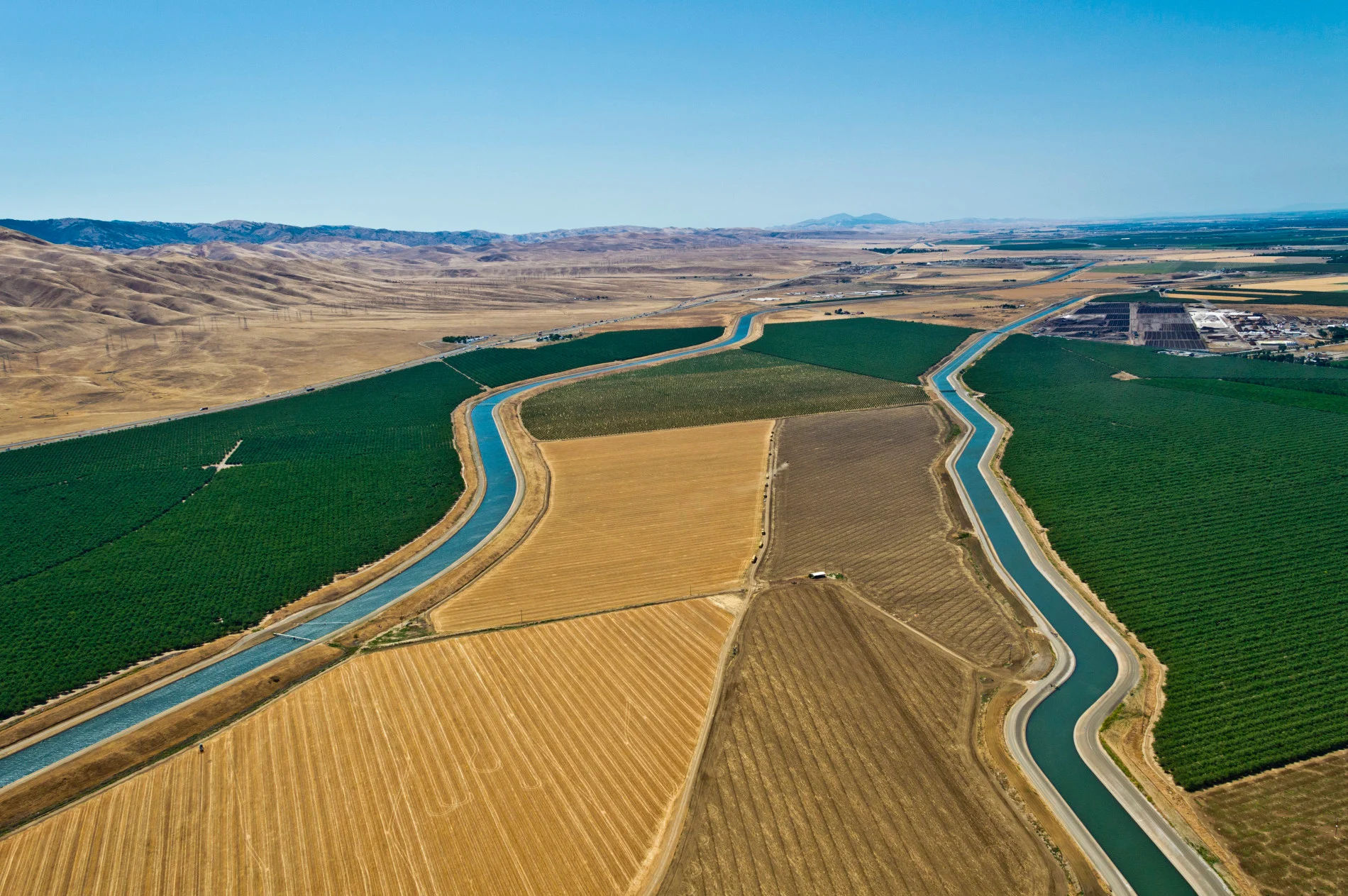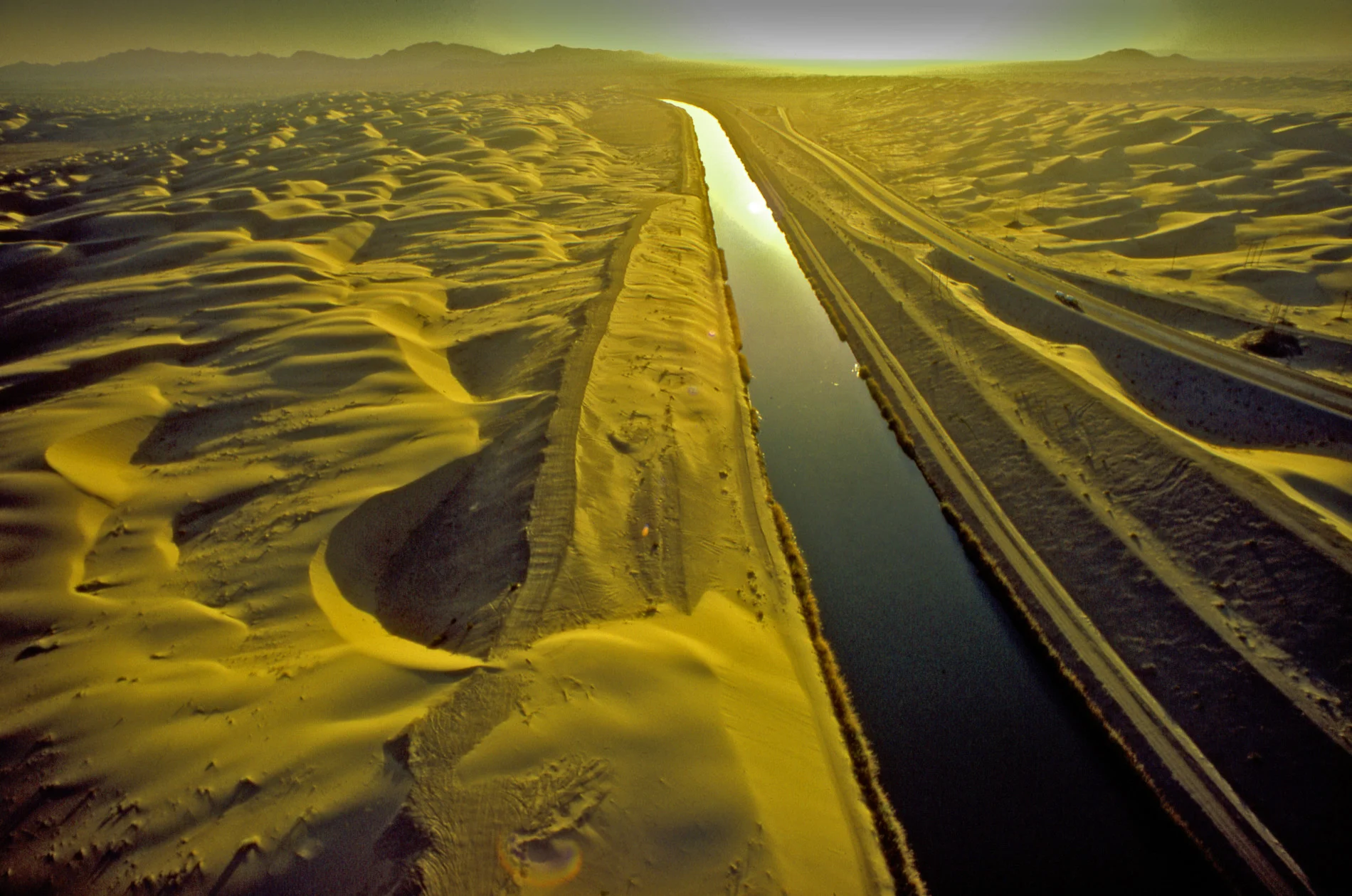
Solar panels could cover California's water canals, here's why
Water evaporates quickly in a desert, so experts say that covering California canals with solar panels can help slow evaporation rates and generate clean energy.
California is planning on covering a large portion of the 6,350 kilometres of water canals that cross the state with solar panels. Based on a proposal put forward by researchers from the University of California, the project would limit evaporation and the growth of weeds in the water, while helping generate solar energy.
Close to 40 million people depend on water in the Golden State and agriculture is one of the state’s biggest industries. The California Department of Food and Agriculture says that over 65 per cent of all the fruits and nuts grown in the United States come from California, which requires significant volumes of water to meet this demand.
According to the California research team, covering these canals with solar panels would mean saving 227 thousand million litres of water that would otherwise evaporate from their surface. At the same time, close to 13 gigawatts of clean solar energy would be generated every year.

An aerial of image of the All American canal near El Centro, California. Credit: Charles O'Rear. Corbis Documentary. Getty Images
Experts emphasize that conversing water is becoming increasingly critical to endure the drought conditions impact many parts of California each year. A 2020 study published in Science finds that the 20-year dry spell in the U.S. Southwest is becoming one of the most severe megadroughts that the region has seen in over 1,200 years.
The researchers say that the impacts of human-caused climate change southwestern states are “still in their infancy” and the “magnitude of future droughts in North America and elsewhere will depend greatly on future rates of human-released greenhouse gas emissions globally.”
Watch the video to take a look at the expansive canals in California that could one day be covered with solar panels.
Thumbnail credit: Steve Proehl. The Image Bank. Getty Images












